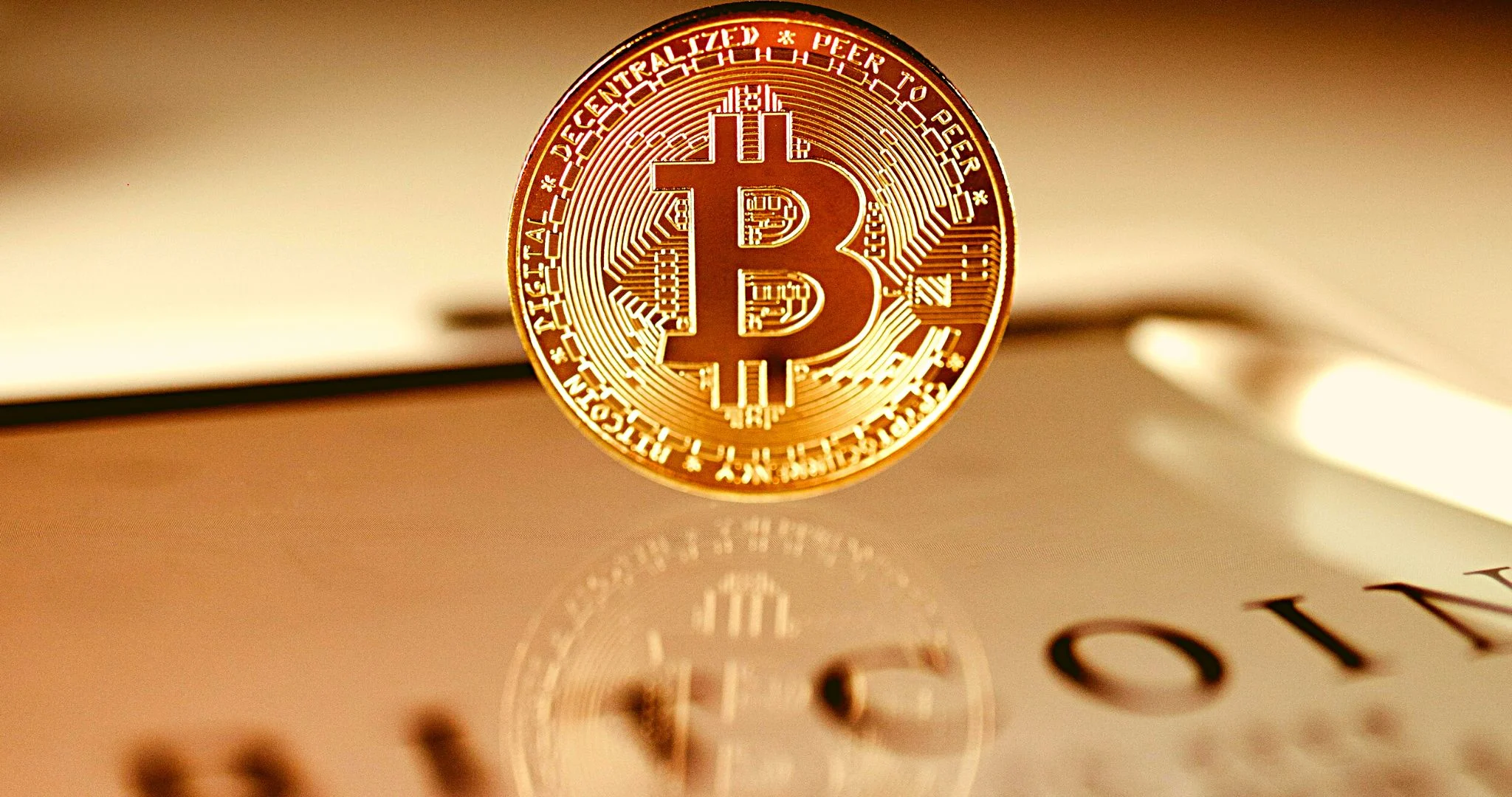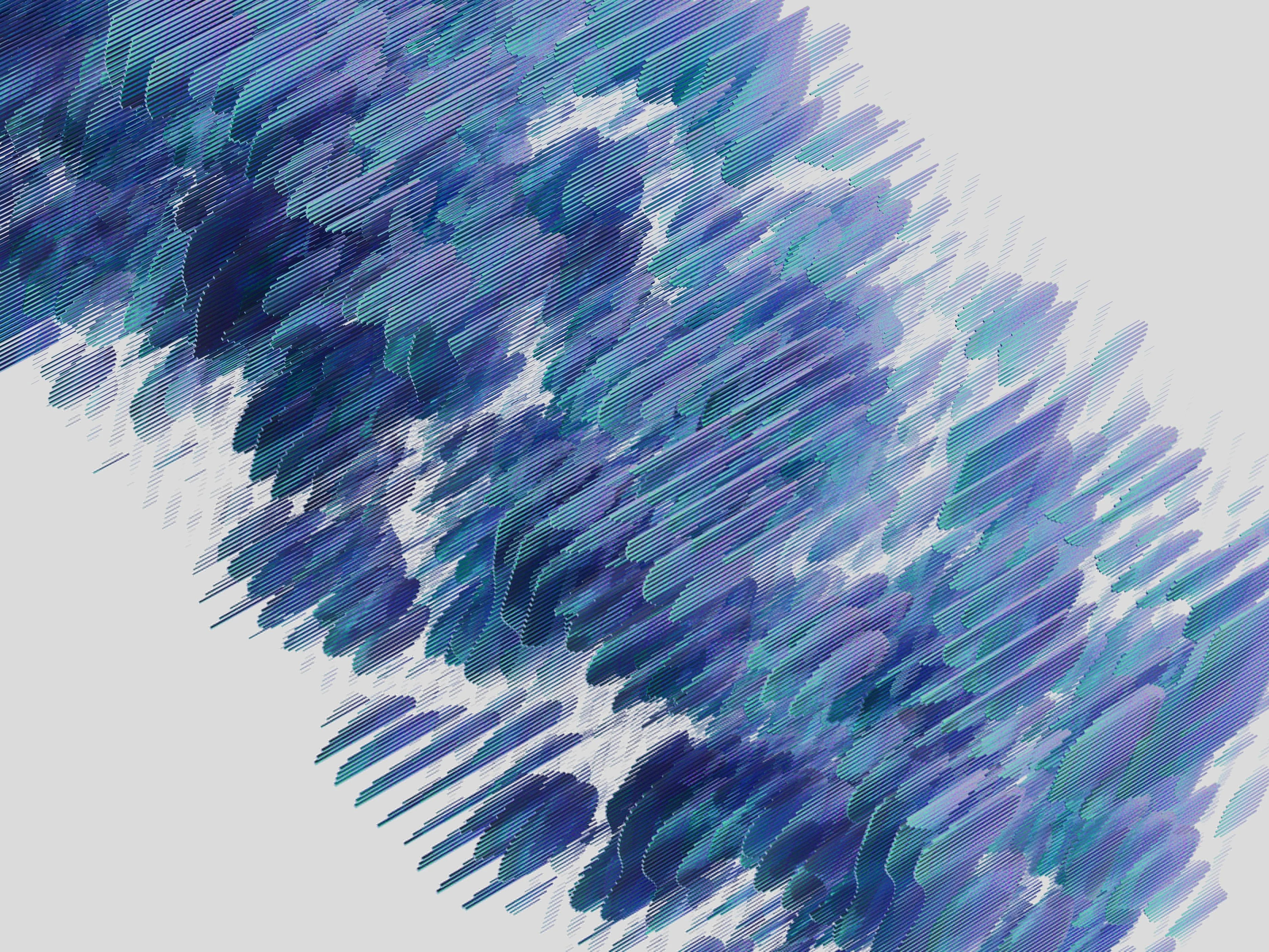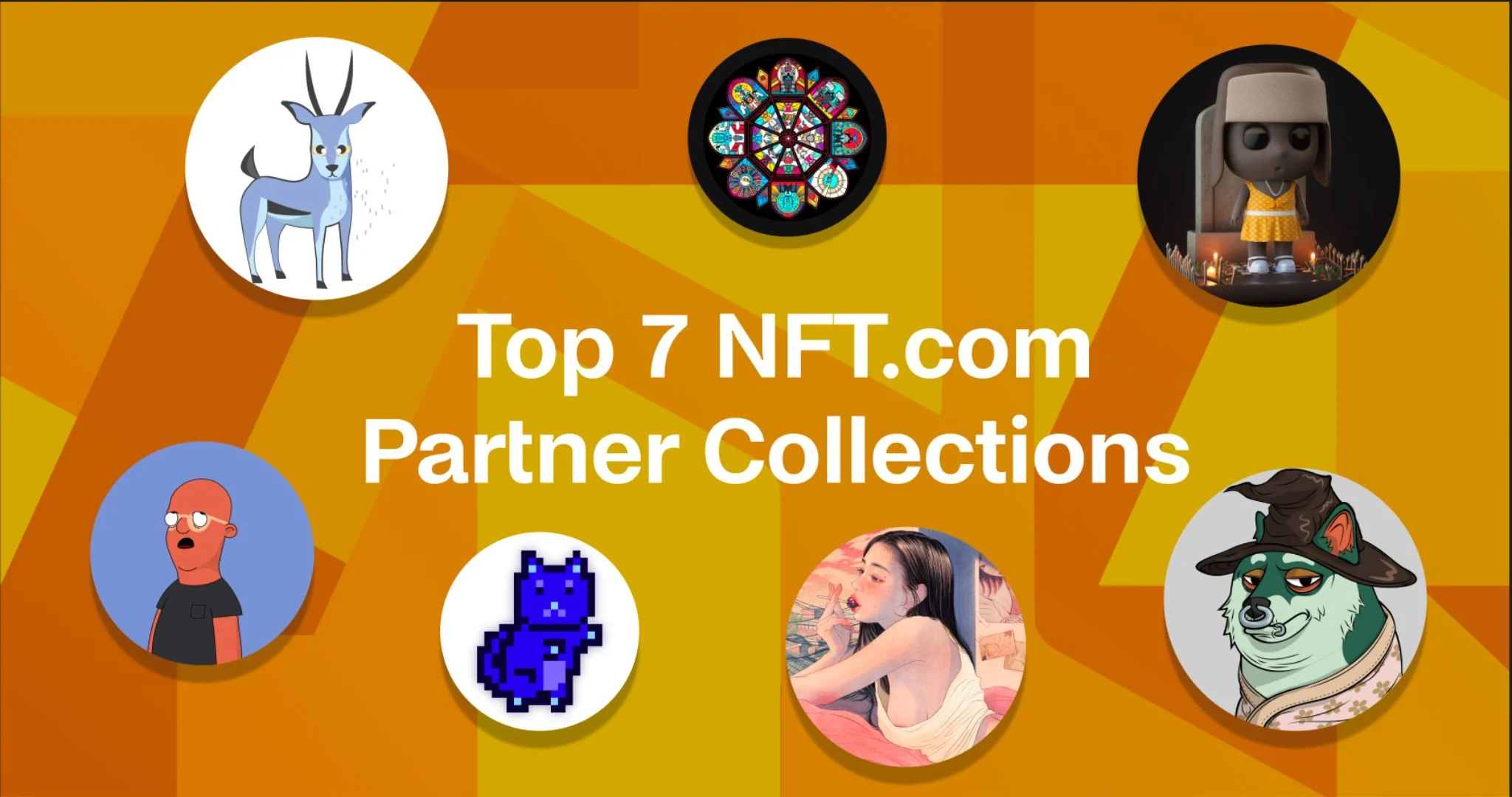Back to Blog
Bitcoin Ordinals Explained: Pricing, What They Are, and How They Work

Virginia Valenzuela
Mar 31st, 2023
.4 min read

A lot has changed in the world of NFTs since Kevin and Jennifer McCoy first minted “Quantum” on the Namecoin blockchain. Ethereum, a blockchain dedicated to smart contracts and decentralized governance, launched in 2015, and has become the home of millions of NFTs. And many more blockchains, like Tezos and Solana, have appeared to help support the diverse networks that are interested in tokenizing their art while going green.
But at the beginning of 2023, something that many of us thought would never happen, happened. Bitcoin, the first and largest mainstream blockchain, enabled the minting of NFTs.
To be clear, these are not the first NFTs to be minted on the network, not necessarily. Artists could already add NFTs to the Bitcoin blockchain using a layer 2 (L2) application called Stacks. Many Rare Pepes were minted using this platform even before Ethereum launched in 2015. But Ordinals are different. Instead of being added on an L2, these are added directly to the Bitcoin blockchain.
What are Bitcoin Ordinals?
Bitcoin Ordinals are a new type of digital asset that were introduced in January 2023. These assets act as an extension for the Bitcoin blockchain and can be used to represent ownership of digital objects. They have some similarities to NFTs minted on Ethereum, but there are several key differences that make Ordinals more secure for (and in some ways more appealing to) artists and collectors.
What is a satoshi?
Satoshis (sats) are small fractions of Bitcoin (there are 100 million sats per BTC) named after the pseudonymous founder of Bitcoin, Satoshi Nakamoto. Each satoshi has a number based on the order in which it was mined, and this ordinal number is what uniquely defines each one. Satoshis can be used as a form of digital currency, or can be inscribed with data — including text, audio, images, and more — for use in games, artworks, and other applications.
Inscriptions are a process by which information is stored on the blockchain and can be used to represent ownership of digital objects. The process starts with a transaction that is confirmed by miners, who add it to the blockchain, making it immutable and providing evidence of ownership.
Pros and cons of Ordinals vs. NFTs
Bitcoin is considered the most secure blockchain out there, namely because it utilizes Proof of Work (PoW), a type of security mechanism that requires the user to solve difficult mathematical puzzles to process transactions. This effort, colloquially referred to as “mining,” helps to secure the Bitcoin network by preventing malicious actors from seizing illicit control. Bitcoin miners use PoW to verify transactions and add them to the blockchain, providing users with immutable evidence of ownership.
It is decentralized, meaning, it is maintained by a network of people who are located all over the world and who don’t have to know each other to verify transactions. They are all incentivized to add information truthfully because if they add incorrect information, they will not be able to verify the block, and thus, will not receive the monetary reward. Though Ethereum and other blockchains are also decentralized, they possess a central body capable of making changes to the network without a democratized vote. For example, the founders of Ethereum have initiated many upgrades currently underway, and there’s really nothing to be done about it other than leave the network if you disagree.
Differences between ETH and Ordinals NFTs
That said, anyone who was turned off to Ethereum when they changed from the energy-intensive PoW to the more energy-efficient Proof of Stake (PoS) model might find Ordinals to be a great alternative to Ethereum-based NFTs.
Another big difference between NFTs and Ordinals is that Ordinals have all inscribed content on-chain. Usually, non-fungible tokens are inscribed on the blockchain, but the content is actually stored elsewhere, usually on IPFS.
Hic et Nunc was a Tezos-based marketplace that went out of business after the founders abandoned the project. While the tokens were still on the blockchain, the website went dark, leaving all of the artworks lost. Luckily, you can still view the art on Objkt because they gather all of your artworks that are minted on Tezos, the same way OpenSea amalgamate works are minted on Ethereum.
The fact that Ordinals link the token to the data is extremely attractive for people who don’t necessarily want to trust a marketplace website or a crypto startup to maintain their assets. On the flip side, it might also slow down the network, since there will be even more information to sift through in transactions that involve them.
Yuga Labs Ordinals in a sea of copycats
Many of the projects minted on the Bitcoin blockchain were things like “Ordinals Punks” and “Ordinal Apes,” which were essentially nothing more than Bitcoin versions of popular projects that were minted on Ethereum.
Yuga Labs, the creators of Bored Ape Yacht Club, was one of the first to mint an original project on the Bitcoin blockchain. A generative art project called “TwelveFold” made up of 300 pieces raised more than $16.5 million in 24 hours. Having such a high-profile company drop a major project on Bitcoin — in action and in essence investing in Bitcoin — was a clear signal of value, and the rest of the community took notice.
Interesting use cases
On March 25 a CryptoPunk was accidentally burned by a collector who tried to use it as collateral for a loan, but sent it to the wrong address. Brandon Riley, known as @vitalitygrowth, shared the news on Twitter that Punk #685 was gone. Another user acted quickly, inscribing the Punk onto Ordinals. @Olliesblog became the first to “resurrect” a CryptoPunk by giving it new life on a different network.
One of the major tenets of Web3 is sovereignty, which can be great when you don’t need permission from a third party to conduct business, but awful when you make a mistake and there is no third party to help you out. Given the historical nature and cultural significance of the asset that was burned, seeing it alive and well is certainly a happy moment for the crypto world. However, what this precedent indicates for other artworks that have been burned, either accidentally or on purpose, will prove edifying as more burns happen.
Related Posts

What Is an NFT? A Guide to Web3 in 2023
Want to learn about NFTs? Look no further! This article will provide a basi...

NFT.com Team
Jul 6th, 2022

Your CryptoPunks NFTs Guide: How to Buy, Their Pricing, and More
The CryptoPunks NFTs are Web3 royalty. Find out why this NFT collection is ...

Eric Esposito
Mar 27th, 2023

7 NFT Collections That Are Redefining Our Web3 Imagination
From Saint Robotica's robotsaints DOGE meme avatars, these NFT collections ...

Nick Fouriezos
Mar 21st, 2023